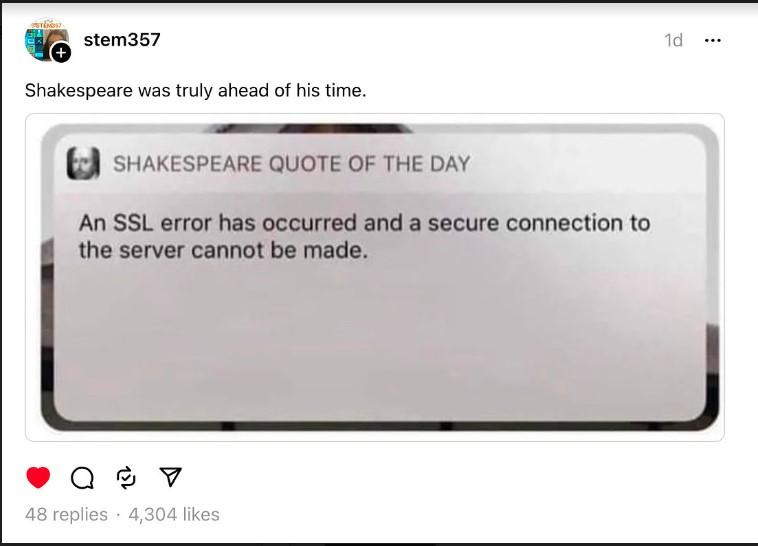To Open-Source or Not to Open-Source?
Defining open-source AI vs open-source software, why Meta's Llama models are not open-source, and how open foundation models could help us sidestep the traps we fell into with social media.
Youtube
I recently had a conversation with Sheila Beladinejad about the open vs. closed AI debate.
Sheila has more than 20 years of experience as a technology consultant. As of lately, Sheila has been working with investors conducting technical due dillengence during M&As, while also contributing as a member to the European AI Alliance and serving as President for Women in AI & Robotics Germany.
Find Sheila on LinkedIn here
To Open-Source or Not to Open-Source?
To open-source or not to open-source?
That is the question policymakers, regulators, system providers, and AI developers are asking themselves and discussing in 2024.
The question seems straightforward but it's ridiculously complex. I won’t pretend to have the answers but, in this post, we will try to understand some of the many nuances to the question.
Discussions of how to interpret the word “openness” in the context of AI, recently brought together 40 leading AI figures from the industry, academia, and non-profits in an event hosted by Mozilla and the Columbia Institute of Global Politics. As we shall learn, the implications of understanding and defining what the expression “open-source AI” means go far beyond formal terminology.
In the US, the Department of Commerce’s National Telecommunications and Information Administration (NTIA) launched a Request for Comments on February 21 on the risks, benefits, and potential policy of making model weights and other components of AI systems open.
In the EU, the AI Act exempts certain open-source models from its scope if they are released under a free and open-source license, granted that the models are not “high risk AI systems” or a “prohibited practice of AI”. Furthermore, an open-source license does not relieve providers of an obligation to disclose if they use generative AI to produce synthetic media, chatbots to interact with users, emotion recognition systems to interpret how people feel, or systems that categorize people based on biometric data.
Industry-wise, xAI released the base model weights and network architecture of the 314 billion parameter model Grok-1 last Sunday under the permissive open-source license, Apache 2.0. That makes Grok-1 the largest open LLM by far. However, we still know nothing about its training data.
All this leads us to the question: what is“open-source” and “open-source AI”?




